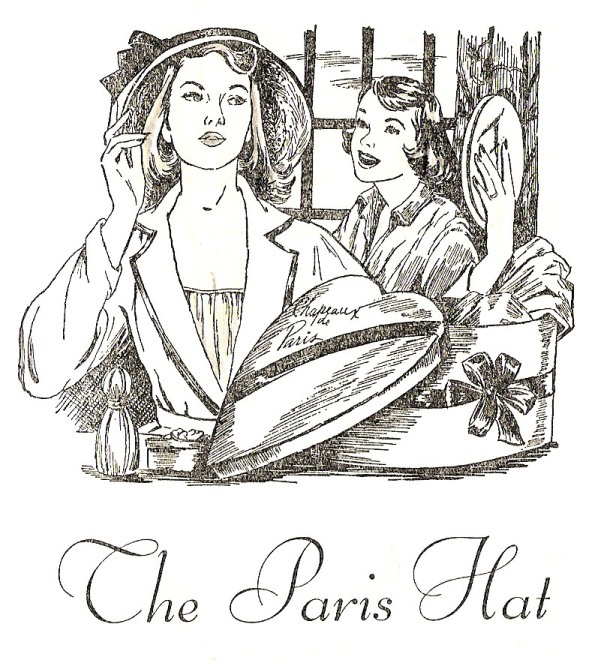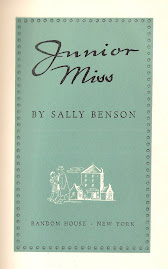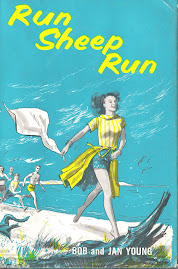 The next four or so posts are going to look at books by Betty Cavanna, one of the more prolific and popular teen girl writers of her era, and someone who sort of put YA girls writing on the map. Cavanna's first YA, The Black Spaniel Mystery, was published in 1945, her last in the 1980s, and the Library of Congress lists 84 books for her, all told (some of them picture book collaborations with her second husband, George Russell Harrison,) including several mysteries written under the name Betsy Allen.
The next four or so posts are going to look at books by Betty Cavanna, one of the more prolific and popular teen girl writers of her era, and someone who sort of put YA girls writing on the map. Cavanna's first YA, The Black Spaniel Mystery, was published in 1945, her last in the 1980s, and the Library of Congress lists 84 books for her, all told (some of them picture book collaborations with her second husband, George Russell Harrison,) including several mysteries written under the name Betsy Allen.Betty Cavanna was born in Haddonfield, New Jersey in 1909. As a child she had polio and, like many sickly children, turned to reading as compensation for the long hours in bed. She went to what was then the New Jersey College for Women and later became part of Rutgers, and following graduation got a job with the Westminster Press in Philadelphia, in those days a major publisher of children's books. She eventually became art director there. From what I can discover about her personal life, Cavanna was married twice, but her first husband died young. I also can't find any record of her having children. But at some point, upon either her first or second marriage, she quit her job at the Westminster Press and turning to writing full time.
From the 1940s on, Cavanna's books were basically mainstream teen novels (Scarlet Sail, Paintbox Summer) with the occasional mystery. Cavanna traveled widely and many of her non-fiction books are about getting to know children from other countries (e.g. Demetrios of Greece.) She also believed in doing what her characters were doing: for A Girl Can Dream (1948), she took flying lessons. By the late 60s, however, Cavanna not suprisingly felt "out of touch" with the current generation of teens, and turned to writing mysteries exclusively. She continued to publish, though at a slower pace, through the early 1980s, when some of her earlier books were reissued. She died in 2001, in Paris.
Cavanna was not a terribly daring writer, but there is nothing fluffy about her books, either. Her travels were put to good use in creating far-flung settings for many of her novels. In spite of fairly conventional plots, her protagonists have an inner toughness and often make difficult decisions on their own. They are also typical teenagers in their resentment of family obligations and their interest in -- and confusion about -- boys. It's hard not to root for them and I imagine they must have appealed to thousands of girls who lived more ordinary lives in the 1940s and 50s.
The four books I read by Cavanna all come from a ten-year period between 1954 and 1964. Jenny Kimura (1964), which brushes up against the topic of racism, is probably one of her most memorable novels. Fancy Free (1961) is set on an archeological expedition to Peru. Angel on Skis (1957) has one of the toughest and most dynamic of Cavanna's heroines, while Six on Easy Street (1954) is a more charming large-family-runs-a-boardinghouse novel. The variety of settings and protagonists -- and the fact that Cavanna pulls them off so effortlessly -- is part of the fascination of her work.











